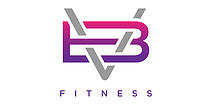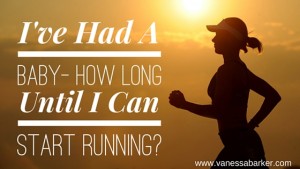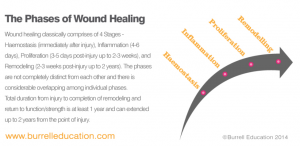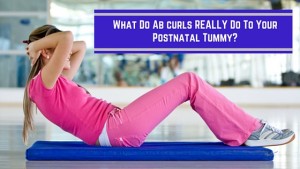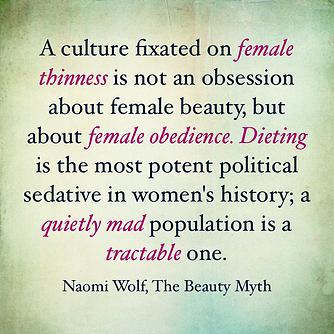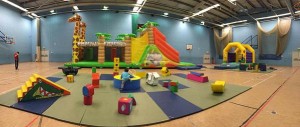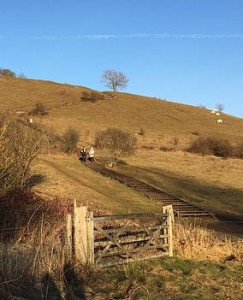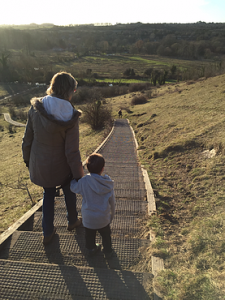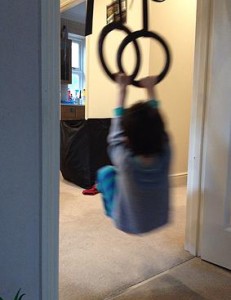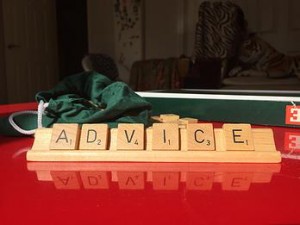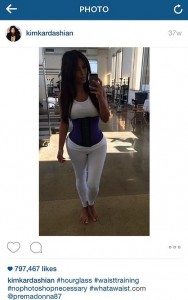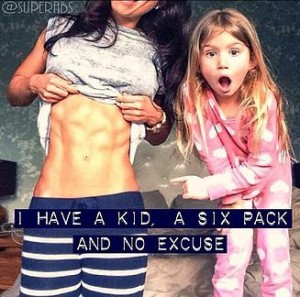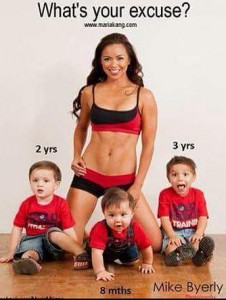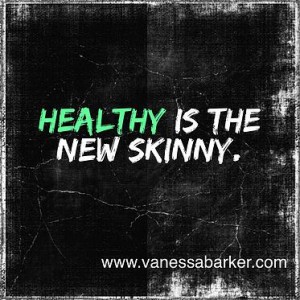So, you’re ready to get started. You’ve read my last blog about how long you should wait before running after baby, and it’s time to run.
Running is a great form of exercise- it’s free, and anyone can do it, anywhere. But it’s an advanced exercise. Your feet will hit the floor about 1500 times per mile: that’s your body weight plus the extra g-force, and if you’re carrying any extra pounds then that’s pretty intense.
I can’t remember where I heard this (I definitely stole it from somewhere!), but it’s so true:
So Let’s Make Sure You’re Ready!
I don’t just mean make sure you’ve recovered from giving birth. I mean let’s get your body ready to cope with the stress, and get better results when you do run. Here are 5 tips to get you ready.
1. Incline Walks.
I know, I know. You want to work. Really feel like you’ve built up a sweat, get that kick that only running gives. And you will. Seriously. Hiking up a steep hill is hard work, and it’s perfect for preparing to run.
More so than walking on a flat surface, a good hill will get you using your arms and rotating your body, just like you do when you run. This will help your running technique. It requires loading and control on one leg, like running, but without the impact. And all this means you’re integrating your core and building the strength needed to run.
So if you haven’t yet, spend some time doing hill hikes before you start the running regime.
2. Build Your Butt!
The bum, or glute, muscles, are important for a number of reasons: they help maintain posture, play an important role in reducing the risk of injury (underactive or weak glutes mean more strain on the back, hips and knees), and they help to balance the pelvic floor by keeping the pelvis in alignment.
Those hill walks will do a great job of getting your butt working, and here are a few exercises you can start doing right now to work on your glute strength. Click here to find out where to buy the minibands.
Kickbacks.
I love these because you’re standing up and on 1 leg, so it engages your core too. This exercise really focuses on making sure you get a good extension behind your body. So many runners just fall forwards from one leg to the other, rather than using their glutes to propel themselves forwards.
Side Steps.
These work the butt muscles at the side of the pelvis, so help to keep it stable when you’re on 1 leg. Having strong muscles on the outside of your hip helps to keep your knees in line and prevent injury.
1 Leg Miniband Squats.
A lot of people struggle to keep their knee in line when they stand on 1 leg and it moves inwards instead of staying in line with their toes. This is a corrective exercise where you use the band to pull on the working knee: the muscles on the outside of your hip have to work harder to fight this pull and keep your knee from moving in, thereby getting better at doing this, even when the band isn’t there.
3. Breathing
How you breathe has a huge impact on your core and pelvic floor. I explain how in more detail here, but essentially your diaphragm (your main breathing muscle) and your pelvic floor work together, along with your core. If this system isn’t functioning properly you increase your risk of incontinence when you run.
A really important point here is to make sure you’re not tensing or pulling your tummy in while you run. It’s not always easy to do- when you’re working hard it’s difficult to stay relaxed. I see a lot of runners with tense shoulders, jaws or fists, and tummies can tense up too. This interferes with the natural movement of the core as you breathe and puts more pressure on your pelvic floor.
4. Alignment
This links to your breath- you need to keep your ribs over your pelvis so that your diaphragm and pelvic floor are in their strongest positions. 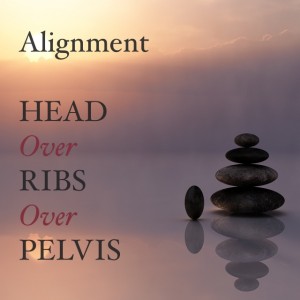
You also need to keep your pelvis in what’s called a neutral position. This means your bum shouldn’t be tucked under and your back flat (more about this here), but untucked so there’s a slight curve in your low back. If your bum is tucked under then your pelvic floor is left in a weak position and you’re at risk of- you’ve guessed it!- leaks. The butt exercises above will help with this too.
5. Reduce The Impact.
As with anything, build up slowly. Start with slow, short jogs or intervals, where you jog then walk, jog then walk. This gives your body time to adapt and get stronger, so you’re less likely to suffer the result of your pelvic floor giving way as a result of too much, too soon.
Other key things to bear in mind when planning your run:
Running surface.
Grass, gravel and sand will all reduce the impact on your joints and pelvic floor. Try to avoid alwasy running on the pavement.
Reduce your stride length.
A long stride will lead to a heavier landing on your heel, and more impact. Take smaller strides and land with your foot under your body, rather than out in front.
Avoid downhill running.
Downhill running tends to result in a heavier landing and more impact, so try to stick to flat surfaces, or walk down hills.
Vary your workouts.
Include other forms of exercise in your routine to give your body a break. Cycling and swimming are great pelvic floor safe cardiovascular workouts, and a good resistance programme will complement your running, as will yoga or pilates.
If you still feel you need help getting fit to run then personal training can help, giving you a programme to build up to running again, or to complement your existing running routine. If you’d just like a chat about where to go next with your training, or what help you might need, then get in touch here.
